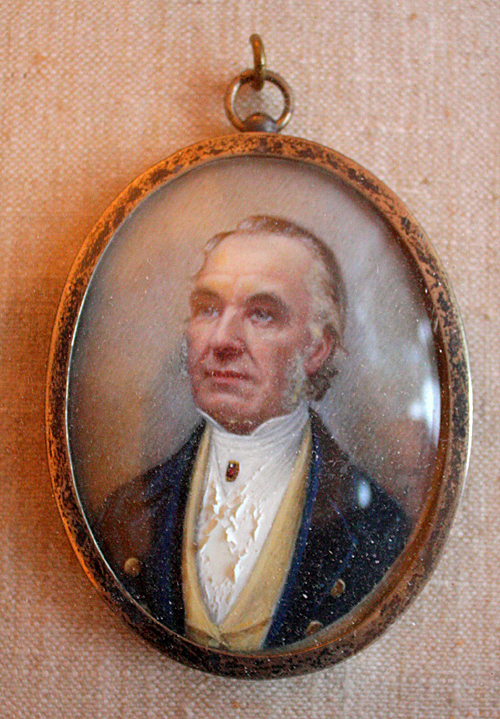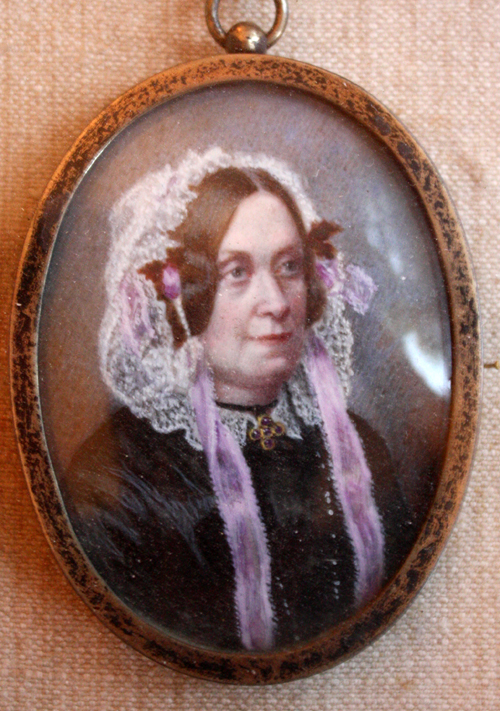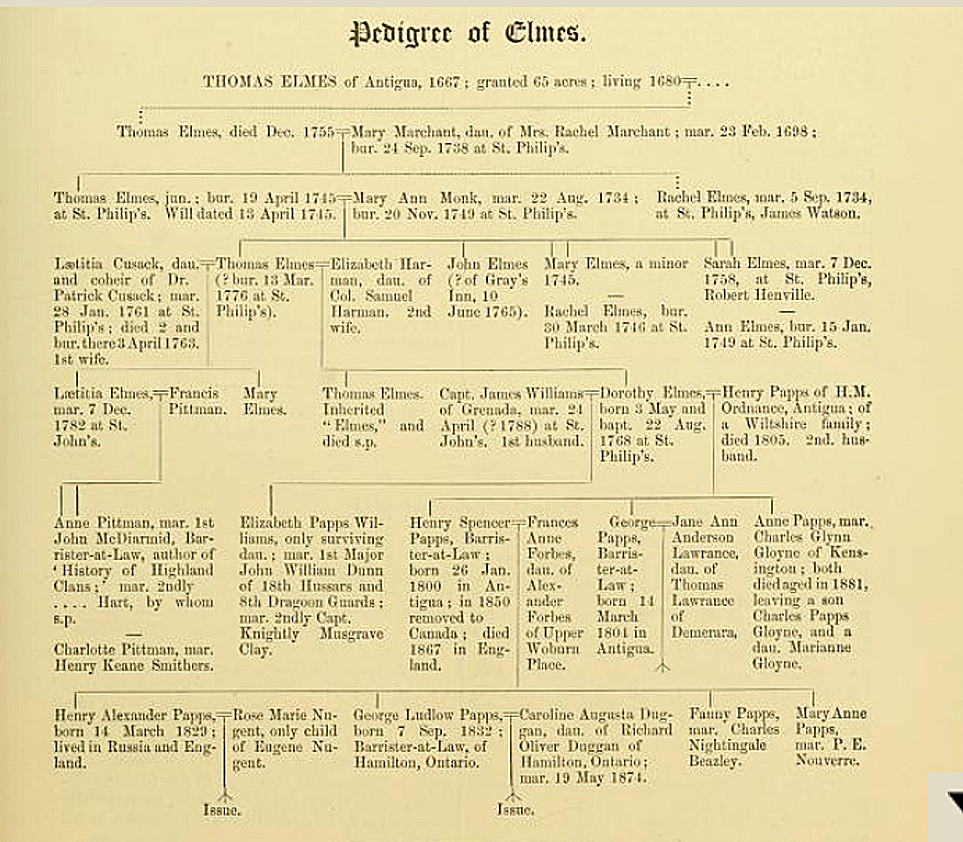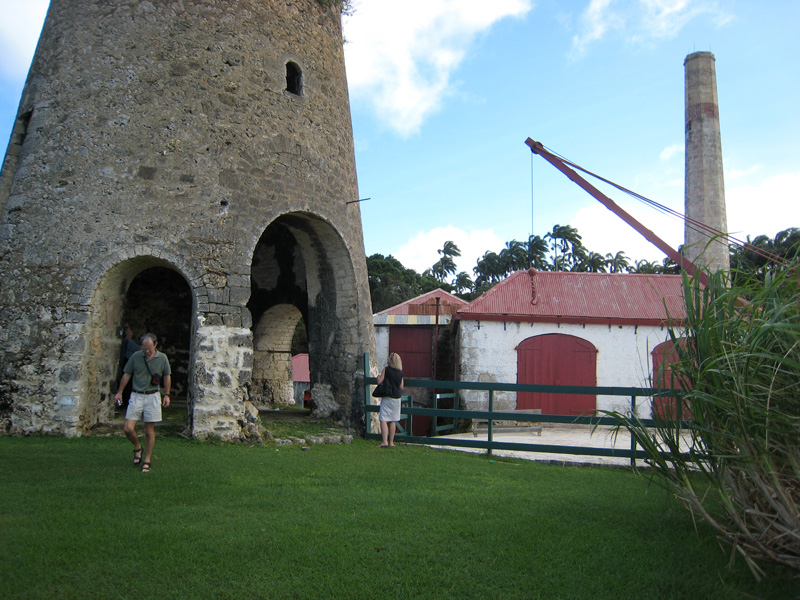When my three-times great grandparents Henry Keene Smithers and Charlotte Letitia Pittman were married in 1809, the wedding took place at St. Martin in the Fields, London. It is a beautiful church, but it was probably not their first choice because it is an Anglican church and Henry was a non-conformist. Between 1754 and 1837, all marriages had to take place in the Church of England to be legally recognized, hence Henry’s and Charlotte’s Anglican ceremony.
In England, non-conformists were members of Protestant denominations such as Congregational, Presbyterian and Baptist, rather than the established Church of England. These religions trace their histories to the 16thcentury, and their members were subjected to varying levels of persecution over the years. After the Act of Toleration was passed in 1689, non-conformists were allowed to have their own places of worship and schools as long as they took certain oaths of allegiance.

Once married, the Smithers attended a non-conformist Independent, or Congregational, church called Walworth Locks Fields Chapel in Southwark, Surrey. Congregationalists believe that the church congregation has the right to determine its own affairs. There is no church hierarchy, no bishops to tell members what to think or do.
Henry may have been quite involved in this chapel, given that the couple’s children were baptized there. Henry and Charlotte had at least eight children: Henry Keene (1812-1874), Alfred (1814-1874), Francis Pittman (1815- ), Sophia Anne (1817-1883), George Clayton (1819-1821), John (1821-1893), Charles Francis (1822-1887) and Mary Keene (1827-1859). In fact, George Clayton Smithers appears to have been named after Lock Fields Chapel’s long-time minister.
(Their youngest son, Charles Francis Smithers, who was my great-great grandfather, is the only one of Henry’s and Charlotte’s children whose baptismal record I cannot find. He married in Waterford, Ireland in 1844 and immigrated to Canada, where he became a successful banker. He too brought up his children in the Congregational church.) In the 1840s, Henry was secretary of the Society for the Relief of Widows and Children of Dissenting Ministers, a charity that supported families of deceased non-conformist ministers who were living in poverty.1

The Smithers family’s association with non-conformist beliefs seems to have been long-standing, Henry Keene Smithers was born on 3 July, 1785 in the City of London, and his birth was registered at Maze Pond, Southwark, a Baptist church, in 1789.2 The 1762 birth of his father, Henry, was also included in non-conformist records,3 but his mother, Sophia Papps, was baptized at the Anglican parish church in Salisbury, Wiltshire, in 1763.
Charlotte, Henry’s future wife, was born in Antigua around 1785. Her family were most likely Anglicans, but I have not seen a baptismal record for her, nor do I know when or why she moved to England.
After they were married, census records show that Henry and Charlotte lived at various addresses in County Surrey, near London Bridge on the south bank of the Thames River. Today, this region has been swallowed up by the city. The family’s roots in Surrey also seem to run deep. Henry’s grandfather Joseph Smithers married Martha Keene in 1760 at St. Mary’s Church, Newington, Surrey.4 The fact they were married by licence is a hint that they too were non-conformists and not members of this Anglican parish.
Henry died in Peckham, Surrey, on April 23, 1859, age 73, and was buried at Norwood Cemetery, Lambeth. Charlotte lived the last two years of her life in Peckham with her widowed daughter Sophia Holton and two grandchildren. She died Aug. 10, 1861 and was buried in the same cemetery.
Research remarks
The birth and baptismal records of Henry Keene Smithers, and other non-conformist Smithers family members, can be found in the England & Wales Non-Conformist and Non-Parochial Registers, 1567-1970 collection online on Ancestry.com. The Congregational church baptizes infants, so these records are for baptisms, however, Baptists perform adult baptisms, so the record for Henry Keene Smithers refers to his birthdate.
I obtained the date of birth of Charles Francis Smithers from the Smithers Family Book, privately published in 1985 by Elizabeth Marston Smithers. His family’s religious affiliation comes from the 1861 Census of Canada East.
All Church of England records I have mentioned are available through Ancestry.com in parish records or marriages and banns. The date of birth of Charlotte L. Smithers, is not available from parish records since they were not well preserved in Antigua. The source of her place of birth and age are taken from the 1851 England Census, accessed through Ancestry.com. She was also recorded in the 1861 England Census.
The fact that Henry was involved with a group that helped the families of dissenting ministers is revealed in a directory of London charitable organizations.
Regarding the small cameo portraits of Henry Keene Smithers and his wife, Charlotte, they belong to one of my cousins, and are framed together with similar images of Charles Francis Smithers and his wife, Martha Bagnall Shearman. They are identified on the back of the common frame, but the one I believe to be Charlotte L. Smithers is identified as “Miss Richardson.” I have yet to come across anyone named Richardson in the family tree, so I am assuming the unknown person who supplied this information many years ago was wrong.
For more information about Henry Keene Smithers, see http://trees.ancestry.com/tree/49405444/person/12982389981, the Smither, Smithers, Smythers Public Member Tree on Ancestry.com, edited by Michael Smither.
Footnotes
- The Metropolitan Charities: Being an Account of the Charitable, Benevolent, and Religious Societies; Hospitals, Dispensaries, Penitentiaries, Annuity Funds, Asylums, Almshouses, Colleges, and Schools in London and Its Immediate Vicinity. London: Sampson Low, 1844 (Google eBook), p.61.
- England & Wales, Non-Conformist and Non-Parochial Registers, 1567-1970,” Ancestry.com (http//:www.ancestry.com: accessed 29 Nov. 2014), entry for Henry Keene Smithers, 3 July, 1785, London; citing General Register Office: Registers of Births, Marriages and Deaths surrendered to the Non-parochial Registers Commissions of 1837 and 1857. Records of the General Register Office, Government Social Survey Department, and Office of Population Censuses and Surveys, Registrar General (RG) 4. The National Archives, Kew, England.
- England & Wales, Non-Conformist and Non-Parochial Registers, 1567-1970, database, Ancestry.com (http://www.ancestry.com: accessed 1 Dec. 2014), entry for Henry Smithers, 7 Aug. 1762, London; citing: General Register Office: Registers of Births, Marriages and Deaths surrendered to the Non-parochial Registers Commissions of 1837 and 1857. Records of the General Register Office, Government Social Survey Department, and Office of Population Censuses and Surveys, Registrar General (RG) 4. The National Archives, Kew, England.
- London, England, Baptisms, Marriages and Burials, 1538-1812 database, Ancestry.com (http://www.ancestry.com: accessed 29 Nov. 2014), entry for Joseph Smithers, 19 March, 1760, Southwark; citing Church of England Parish Registers, 1538-1812. London, England: London Metropolitan Archives; St Mary, Newington, Composite register: marriages, banns, May 1754-Jul 1769, P92/MRY/010


